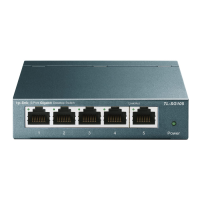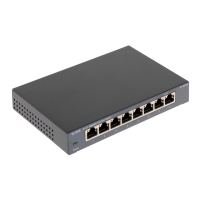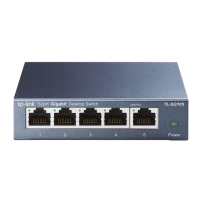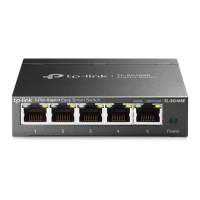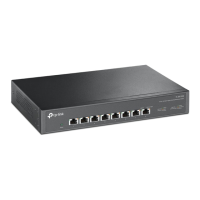267
Figure 15-10 DLDP Process
The process is illustrated below
○
1 : When DLDP is enabled on the link in down state, the DLDP link state will transit to Inactive.
○
2 : When the DLDP-enabled link is up, the DLDP link state will transit to Active. The device will
send out Advertisement packets to the peer device with resynchronization tag in this state.
○
3 : If the device doesn’t receive any DLDP packets within 5 seconds, the DLDP link state will
transit to Advertisement.
○
4 : After receiving a packet from an unknown neighbor, the device’s link state will transit from
Active to Probe, and then send out several probe packets to detect the link state.
○
5 : If the device receives echo packets from its peer device, the link state between them will
be tagged as bidirectionally linked and the DLDP state will transit from Probe to Advertisement.
A device in the Advertisement state will send advertisement packets.
○
6 : If the device receives no echo packets after a specified period of time, the link will be
tagged as unidirectional and the DLDP state will transit from Probe to Disable. This port will be
shut down automatically or manually (depending on the Shut Mode configured).
The typical bidirectional link detection process is
○
2 →
○
4 →
○
5 , and the typical unidirectional
link detection process is
○
2 →
○
4 →
○
6 .
On the DLDP page, you can enable the DLDP state globally and configure the interval of the
advertisement packets and the port shutdown mode. You can also configure the refresh
frequency of the port states and reset the certain port’s DLDP state manually.

